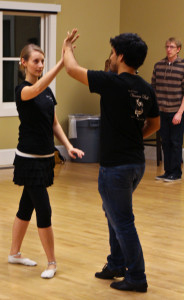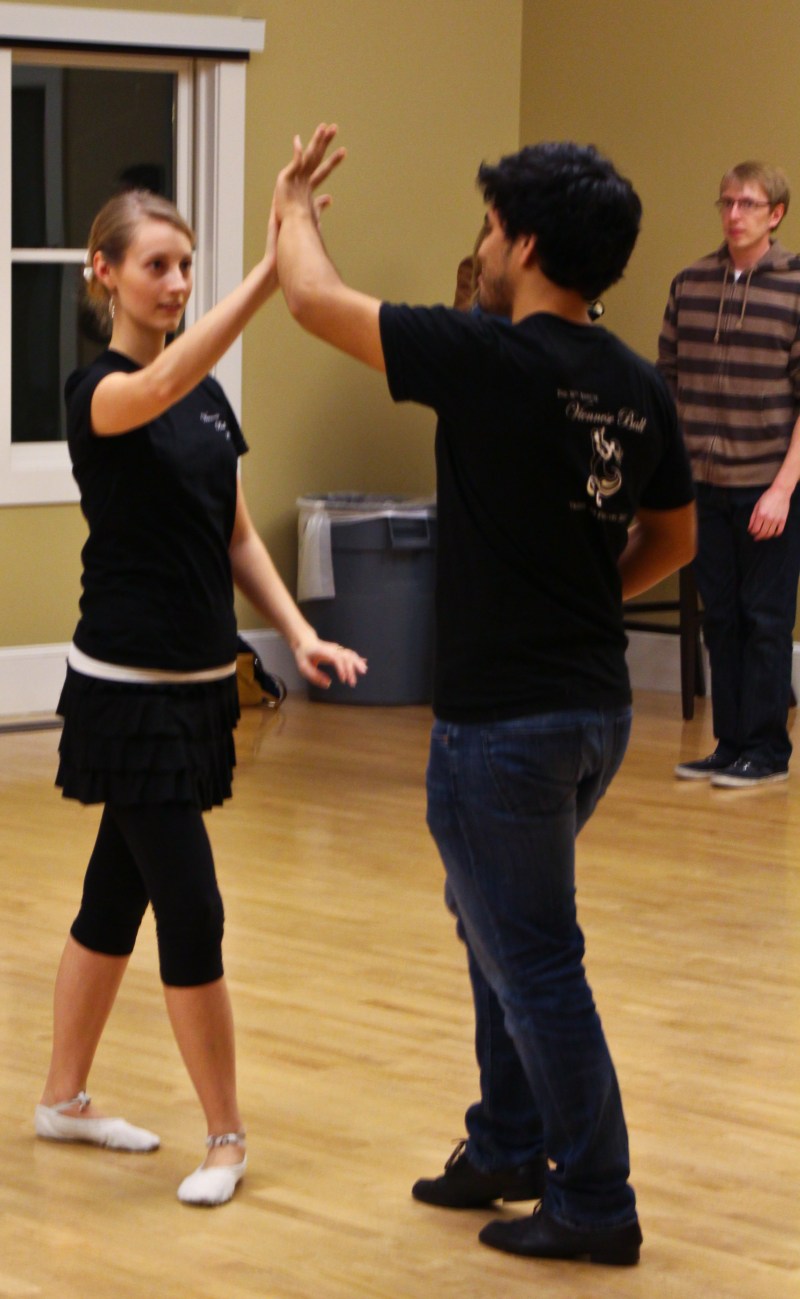The annual Viennese Ball is part of a long tradition of social dance at Stanford. First created by students returning from the now-defunct Stanford in Austria program in 1978 who sought to recreate Vienna’s social dance culture, the event has today nearly doubled in size from the 350 tickets sold for the first event.

According to Viennese Ball Steering Committee co-chair Jen Ying Zhen Ang ’13, Ball attendees can expect food and music this evening when the event is hosted at The Palace Hotel for the first time.
“It’s a registered historical landmark,” said Christina Krawec ’15, chair of the committee that oversees the night of the event. “It’s very swanky, very fancy and very high class.”
Leading up to Viennese Ball, dance lessons and workshops have been held as part of the Austrian Fortnight. At Bon-Bon Ball, the kick-off festivity held two weekends ago, organizers sold 221 tickets. According to Steering Committee chair Nick Enge ’09, they expect more than 600 people to attend.
For attendees who are not masters of the cross-step waltz or swing, lessons were held every night leading up to the event in the Black Community Services Center. Austria Fortnight– the two weeks leading up to the Ball– is filled with lessons in waltz, swing, salsa and tango.
“It involves almost two whole weeks of free lessons,” said Mario Cuevas ’13, Austria Fortnight’s co-chair.
In an effort to make all dancers comfortable come Ball night, some dancers wear a gold ribbon and dance with whoever approaches them.
“If you have a gold ribbon on it means that you’re willing to dance with anybody,” Krawec said. “This informality allows for the event to feel more open and allows dancers to get to know each other. I just hope people enjoy themselves.”
Richard Powers, a dance lecturer at Stanford who has advised Austria Fortnight for 20 years, said that the atmosphere of social dance at the Viennese Ball changed markedly after he starting teaching.
“[Before,] most people would stand in place and do prom dancing,” Powers said. “Then after I arrived, suddenly everybody knew how to waltz and travel around the room.”
Formal instruction through classes taught on campus by Powers and many others, as well as the student-taught classes during Austria Fortnight, have assisted in transforming the Viennese Ball into an exhibition of a wide variety of social dances as social dance becomes increasingly popular on campus.
Stanford dance groups such as the Salseros, Stanford Ballroom Dance team and Cardinal Ballet will perform, and the organizers have planned dance contests in Viennese waltz, swing, salsa and cross-step waltz for Ball attendees.
While the Viennese Ball has decades of history, its committees have continued to tweak its execution. Krawec said this year marks a new emphasis on “greening” the event.
Some of the initiatives that organizers have implemented include providing free shuttles to and from the event, selling locally grown flowers for corsages and boutonnieres, using only renewable wares and providing composting at the event.
Created with Admarket’s flickrSLiDR.
